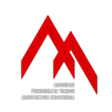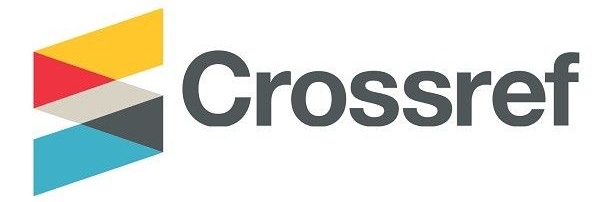Mapping the Motion Space of Children in Autism Treatment Center of Malang City with TEACCH Approach (Treatment and Education of Autistic and Related Communication Handicapped Children)
DOI:
https://doi.org/10.21776/ub.ruas.2020.018.01.6Keywords:
Anthropometry, autism, motion space, TEACCHAbstract
The Autism Treatment Center in Malang City applies structured teaching-learning methods, namely the TEACCH approach (Treatment and Education of Autistic and Related Communication Handicapped Children) with four essential components: physical structure, schedule, work system, and visual structure. The four components are interrelated with each other so that the goal of helping the development of autistic children can be achieved. The physical structure is the first step to encourage the interest of autistic children. An excellent physical arrangement of space can minimize the tantrum effect of autistic children. Thus, this paper aims to research the space for autistic children with the TEACCH approach. This study used behavioral mapping in the form of person-centered mapping, place centered mapping, and physical trace that aims to determine the pattern of activity, furniture layout, and trace activities of autistic children during therapy activities. The results show the motion space mapping of autistic children.References
BPS - Statistics Indonesia. (2010) Statisik Indonesia -Statistical Yearbook of Indonesia 2010. https://www.bps.go.id/publication/2010/12/23/b0adeb45e05c3db10ac99f33/statistik-indonesia-2010.html
Bridger, RS. (1995). Introduction to Ergonomics. McGraw-Hill, Inc.
Chawarska K, Campbell D, Chen L, Shic F, Klin A, Chang J. (2011). Early generalized overgrowth in boys with autism. Arch Gen Psychiatry. 68(10):1021-1031. doi:10.1001/archgenpsychiatry.2011.106
Hall, Edward T. (1966). The Hidden Dimension. Anchor Books. ISBN 978-0-385-08476-5.
Handojo, Y. (2003). Autisme. Jakarta. PT. Bhuana Ilmu Populer Kelompok Gramedia.
Indocare. (2010). Manajemen Pembelajaran Terstruktur. Jakarta: Indocare.
Naumi, F. I. (2016). Personal Space on Children (Review on the Autistic Children and Normal Children).
Nurina, P., (2015). Islamic Education for the Autistic Students in Inclusive School. South Tangerang: Young Progressive Muslim.
Panero J., M. Zelnik. (1979). Human Dimension. Jakarta: Erlangga.
Pulat, B Mustafa. (1997). Fundamental of Industrial Ergonomics 2nd Edition. Waveland Press Inc.
Sugiarmin, M. (2005). Individu dengan Gangguan Autisme. PLB UPI.
Tayyari, F. And Smith, J.L. (1997). Occupational Ergonomics: Principles and Aplications, London: Chapman & Hall.
Downloads
Published
How to Cite
Issue
Section
License
Authors who publish with this journal agree to the following terms:
- Authors retain copyright and grant the journal right of first publication with the work simultaneously licensed under a Creative Commons Attribution License that allows others to share the work with an acknowledgement of the work's authorship and initial publication in this journal.
- Authors are able to enter into separate, additional contractual arrangements for the non-exclusive distribution of the journal's published version of the work (e.g., post it to an institutional repository or publish it in a book), with an acknowledgement of its initial publication in this journal.
- Authors are permitted and encouraged to post their work online (e.g., in institutional repositories or on their website) prior to and during the submission process, as it can lead to productive exchanges, as well as earlier and greater citation of published work (See The Effect of Open Access).












